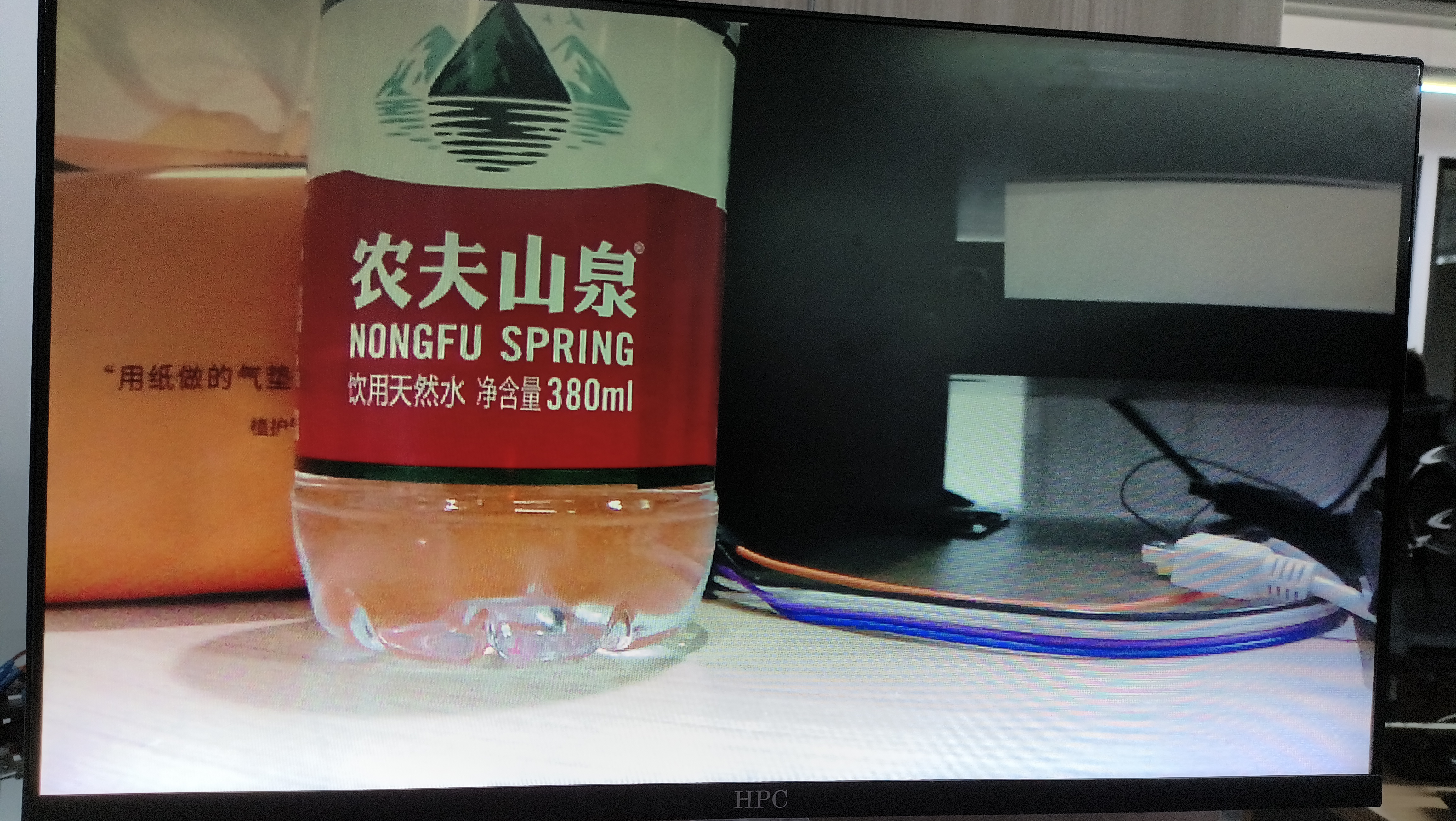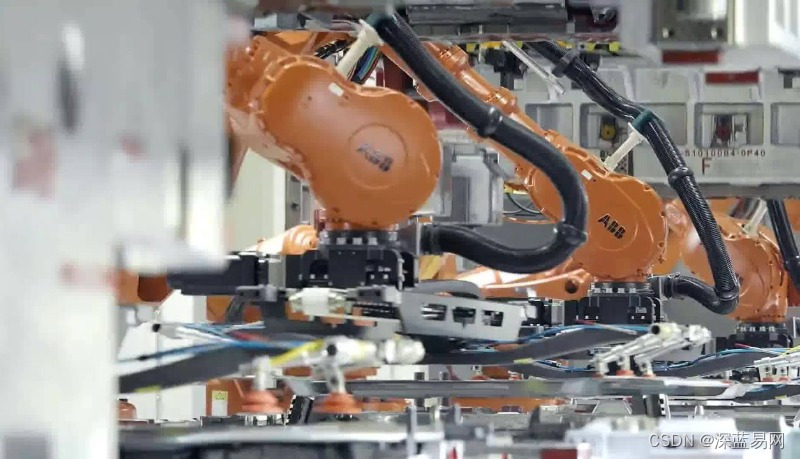保姆级 Keras 实现 YOLO v3 二
- 一. 数据准备
- 二. 从 xml 或者 json 文件中读出标注信息
- 三. K-Means 计算 anchor box 聚类尺寸
- 读出所有标注框尺寸
- K-Means 聚类
- 四. 代码下载
上一篇 文章中, 我们完成了 YOLO v3 的网络定义, 相当于完成了前向计算功能, 但此时网络中的参数处于随机状态, 预测并没有任何意义. 接下来的工作就是要从头开始训练, 让网络调整其参数以达到预期的效果
这里需要定义一些常量, 因为后面的函数会用到, 训练自己的数据集时也需要修改的
# 模型配置
LONG_SIDE = 416 # 输入图像缩放长边尺寸
STRIDES = (8, 16, 32) # 每种特征图的下采样倍数
CLUSTER_K = 9 # anchor box 聚类中心数量
NEG_THRES = 0.4 # 负样本阈值, 这个值按你喜欢的来改
POS_THRES = 0.7 # 正样本阈值, 这个是为了增加更多的正样本而设置, 后面会有解释
# 类别列表, 不分先后
CATEGORIES = ("aeroplane", "bicycle", "bird", "boat", "bottle",
"bus", "car", "cat", "chair", "cow",
"diningtable", "dog", "horse", "motorbike", "person",
"pottedplant", "sheep", "sofa", "train", "tvmonitor")
DATA_PATH = "data_set" # 这样写表示相对路径, 也可以写成绝对路径, 你喜欢就好
一. 数据准备
一般我们都是为了训练自己的数据集, 这就涉及到做标签的问题, 不过这不是本文的重点, 可以参考《保姆级 Keras 实现 Faster R-CNN 一》, 里面有说明如何标注. 标注完成后, 图像和标签文件放到同一个目录中, 方便处理. 假设放到了 data_set 中
如果是使用已经标注好的数据, 那就不用再标注, 只是要理解标注文件中的信息, 像 VOC2007 标注文件是 xml 格式的, 什么格式无所谓, 只要能读出来就行. 我们关注的是标注文件中目标框的坐标和类别.《保姆级 Keras 实现 Faster R-CNN 二》中也有相应的说明, 这里就不再重复讲了. 也一样将图像和对应的标注文件放到一个文件夹中, 假设放到了 data_set 中, 如下图这样
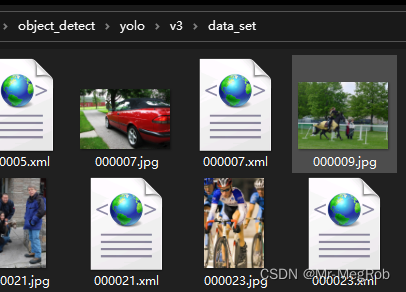
因为我们把图像和对应的标注文件放到了同一个文件夹中, 接下就就需要将各个图像和标注文件的路径列出来, 再划分训练集和验证集
# 取得图像和标注文件路径
# data_set_path: 数据集所在路径
# split_rate: 这些文件中用于训练, 验证, 测试所占的比例
# 如果为 None, 则不区分, 直接返回全部
# 如果只写一个小数, 如 0.8, 则表示 80% 为训练集, 20% 为验证集, 没有测试集
# 如果是一个 tuple 或 list, 只有一个元素的话, 同上面的一个小数的情况
# shuffle_enable: 是否要打乱顺序
# 返回训练集, 验证集和验证集路径列表
def get_data_set(data_set_path, split_rate = (0.7, 0.2, 0.1), shuffle_enable = True):
data_set = []
files = os.listdir(data_set_path)
for f in files:
ext = osp.splitext(f)[1]
if ext in (".jpg", ".png", ".bmp"):
img_path = osp.join(data_set_path, f)
ann_type = "" # 标注文件类型
ann_path = img_path.replace(ext, ".json")
if osp.exists(ann_path):
ann_type = "json"
else:
ann_path = img_path.replace(ext, ".xml")
if osp.exists(ann_path):
ann_type = "xml"
if "" == ann_type:
continue
data_set.append((img_path, ann_path, ann_type))
if shuffle_enable:
shuffle(data_set)
if None == split_rate:
return data_set
total_num = len(data_set)
if isinstance(split_rate, float) or 1 == len(split_rate):
if isinstance(split_rate, float):
split_rate = [split_rate]
train_pos = int(total_num * split_rate[0])
train_set = data_set[: train_pos]
valid_set = data_set[train_pos: ]
return train_set, valid_set
elif isinstance(split_rate, tuple) or isinstance(split_rate, list):
list_len = len(split_rate)
assert(list_len > 1)
train_pos = int(total_num * split_rate[0])
valid_pos = int(total_num * (split_rate[0] + split_rate[1]))
train_set = data_set[0: train_pos]
valid_set = data_set[train_pos: valid_pos]
test_set = data_set[valid_pos: ]
return train_set, valid_set, test_set
上面的函数中, 区分了标注文件的类型, VOC2007 是 xml, 如何使用 Labelme 标注的话, 标注文件则是 json, 下面测试一下
# 取得目录
train_set, valid_set, test_set = get_data_set(DATA_PATH, split_rate = (0.8, 0.1, 0.1))
print("Total number:", len(train_set) + len(valid_set) + len(test_set),
" Train number:", len(train_set),
" Valid number:", len(valid_set),
" Test number:", len(test_set))
# 输出第一个元素
print("First element:", train_set[0])
输出如下
Total number: 5010 Train number: 4008 Valid number: 501 Test number: 501
First element: ('data_set\\003885.jpg', 'data_set\\003885.xml', 'xml')
因为 YOLO 的性能已经经过了验证, 所以其实不需要测试集, 这样参与训练的图像就会多一点, 训练出来的模型也会好一点, 划分是就可以这样
# 取得目录
train_set, valid_set, test_set = get_data_set(DATA_PATH, split_rate = 0.95)
就像征性的留一点用作验证集了
二. 从 xml 或者 json 文件中读出标注信息
前面讲过, 我们需要的是标注框的坐标和类别, 所以只需要从标注文件中读取相关信息即可
# 从 xml 或 json 文件中读出 ground_truth
# data_set: get_data_set 函数返回的列表
# categories: 类别列表
# file_type: 标注文件类型
# 返回 ground_truth 坐标与类别
def get_ground_truth(label_path, file_type, categories):
ground_truth = []
with open(label_path, 'r', encoding = "utf-8") as f:
if "json" == file_type:
jsn = f.read()
js_dict = json.loads(jsn)
shapes = js_dict["shapes"] # 取出所有图形
for shape in shapes:
if shape["label"] in categories:
pts = shape["points"]
x1 = round(pts[0][0])
x2 = round(pts[1][0])
y1 = round(pts[0][1])
y2 = round(pts[1][1])
# 防止有些人标注的时候喜欢从右下角拉到左上角
if x1 > x2:
x1, x2 = x2, x1
if y1 > y2:
y1, y2 = y2, y1
bnd_box = [x1, y1, x2, y2]
cls_id = categories.index(shape["label"])
# 把 bnd_box 和 cls_id 组合在一起, 后面可有会用得上
ground_truth.append([bnd_box, cls_id])
elif "xml" == file_type:
tree = et.parse(f)
root = tree.getroot()
for obj in root.iter("object"):
cls_id = obj.find("name").text
cls_id = categories.index(cls_id) # 类别 id
bnd_box = obj.find("bndbox")
bnd_box = [int(bnd_box.find("xmin").text),
int(bnd_box.find("ymin").text),
int(bnd_box.find("xmax").text),
int(bnd_box.find("ymax").text)]
# 把 bnd_box 和 cls_id 组合在一起, 后面可有会用得上
ground_truth.append([bnd_box, cls_id])
return ground_truth
在返回的数据中, 包含的是目标框左上角和右下角的坐标, 还有目标类别序号, 接下来测试 get_ground_truth 函数
# 测试 get_ground_truth
test_idx = random.randint(0, len(train_set)) # 测试图像的序号
label_data = train_set[test_idx] # train_set 上面已经定义过了
gts = get_ground_truth(label_data[1], label_data[2], CATEGORIES)
image = cv.imread(label_data[0])
img_copy = image.copy()
print(img_copy.shape)
for gt in gts:
print(gt, "class:", CATEGORIES[gt[1]])
cv.rectangle(img_copy, (gt[0][0], gt[0][1]), (gt[0][2], gt[0][3]),
(0, random.randint(128, 256), 0), 2)
plt.figure("label_box", figsize = (6, 3))
plt.imshow(img_copy[..., : : -1])
plt.show()
(334, 500, 3)
[[28, 44, 91, 113], 1] class: aeroplane
[[47, 151, 111, 212], 1] class: aeroplane
[[65, 239, 127, 299], 1] class: aeroplane
[[189, 143, 255, 205], 1] class: aeroplane
[[164, 29, 228, 96], 1] class: aeroplane
[[397, 15, 462, 83], 1] class: aeroplane

这样看是没有问题, 但是考虑到网络的输入尺寸是 416 × 416 416 \times 416 416×416, 所以需要对图像进行缩放, 那标注框也需要进行相应的缩放. 我的做法是保持图像比例, 将图像长边变成 416 416 416, 短边进行填充, 这样可以保证目标不会因为图像缩放而变形. 现修改 get_ground_truth 函数如下, 增加了对坐标的缩放和偏移, 还返回了图像的缩放系数与填充尺寸, 方便后面的函数操作
# 从 xml 或 json 文件中读出 ground_truth
# data_set: get_data_set 函数返回的列表
# categories: 类别列表
# file_type: 标注文件类型
# 返回 缩放系数, 填充尺寸, ground_truth 坐标与类别
def get_ground_truth(label_path, file_type, categories):
ground_truth = []
scale = 1.0 # 缩放比例
pad_size = 0 # 填充尺寸
with open(label_path, 'r', encoding = "utf-8") as f:
if "json" == file_type:
jsn = f.read()
js_dict = json.loads(jsn)
shapes = js_dict["shapes"] # 取出所有图形
# 增加对图像尺寸的判断
image_rows = js_dict["imageHeight"]
image_cols = js_dict["imageWidth"]
if image_rows < image_cols:
scale = LONG_SIDE / image_cols
pad_size = (LONG_SIDE - image_rows * scale) / 2
else:
scale = LONG_SIDE / image_rows
pad_size = (LONG_SIDE - image_cols * scale) / 2
for shape in shapes:
if shape["label"] in categories:
pts = shape["points"]
x1 = round(pts[0][0])
x2 = round(pts[1][0])
y1 = round(pts[0][1])
y2 = round(pts[1][1])
# 防止有些人标注的时候喜欢从右下角拉到左上角
if x1 > x2:
x1, x2 = x2, x1
if y1 > y2:
y1, y2 = y2, y1
bnd_box = [x1, y1, x2, y2]
if image_rows < image_cols:
bnd_box[0] = round(bnd_box[0] * scale)
bnd_box[2] = round(bnd_box[2] * scale)
bnd_box[1] = round(bnd_box[1] * scale + pad_size)
bnd_box[3] = round(bnd_box[3] * scale + pad_size)
else:
bnd_box[0] = round(bnd_box[0] * scale + pad_size)
bnd_box[2] = round(bnd_box[2] * scale + pad_size)
bnd_box[1] = round(bnd_box[1] * scale)
bnd_box[3] = round(bnd_box[3] * scale)
cls_id = categories.index(shape["label"])
# 把 bnd_box 和 cls_id 组合在一起, 后面可有会用得上
ground_truth.append([bnd_box, cls_id])
elif "xml" == file_type:
tree = et.parse(f)
root = tree.getroot()
# 增加对图像尺寸的判断
image_shape = root.find("size")
image_rows = int(image_shape.find("height").text)
image_cols = int(image_shape.find("width").text)
if image_rows < image_cols:
scale = LONG_SIDE / image_cols
pad_size = (LONG_SIDE - image_rows * scale) / 2
else:
scale = LONG_SIDE / image_rows
pad_size = (LONG_SIDE - image_cols * scale) / 2
for obj in root.iter("object"):
cls_id = obj.find("name").text
cls_id = categories.index(cls_id) # 类别 id
bnd_box = obj.find("bndbox")
bnd_box = [int(bnd_box.find("xmin").text),
int(bnd_box.find("ymin").text),
int(bnd_box.find("xmax").text),
int(bnd_box.find("ymax").text)]
if image_rows < image_cols:
bnd_box[0] = round(bnd_box[0] * scale)
bnd_box[2] = round(bnd_box[2] * scale)
bnd_box[1] = round(bnd_box[1] * scale + pad_size)
bnd_box[3] = round(bnd_box[3] * scale + pad_size)
else:
bnd_box[0] = round(bnd_box[0] * scale + pad_size)
bnd_box[2] = round(bnd_box[2] * scale + pad_size)
bnd_box[1] = round(bnd_box[1] * scale)
bnd_box[3] = round(bnd_box[3] * scale)
# 把 bnd_box 和 cls_id 组合在一起, 后面可有会用得上
ground_truth.append([bnd_box, cls_id])
return scale, pad_size, ground_truth
测试函数也增加相应的缩放与图像填充
# 测试 get_ground_truth
test_idx = random.randint(0, len(train_set)) # 测试图像的序号
label_data = train_set[test_idx] # train_set 上面已经定义过了
# 增加了返回的缩放系数与填充尺寸
scale, pad_size, gts = get_ground_truth(label_data[1], label_data[2], CATEGORIES)
image = cv.imread(label_data[0])
img_copy = cv.resize(image, (round(image.shape[1] * scale), round(image.shape[0] * scale)),
interpolation = cv.INTER_LINEAR)
if img_copy.shape[0] < img_copy.shape[1]:
img_copy = cv.copyMakeBorder(img_copy, round(pad_size), round(pad_size), 0, 0, cv.BORDER_CONSTANT, (0, 0, 0))
else:
img_copy = cv.copyMakeBorder(img_copy, 0, 0, round(pad_size), round(pad_size), cv.BORDER_CONSTANT, (0, 0, 0))
print(img_copy.shape)
for gt in gts:
print(gt, "class:", CATEGORIES[gt[1]])
cv.rectangle(img_copy, (gt[0][0], gt[0][1]), (gt[0][2], gt[0][3]),
(0, random.randint(128, 256), 0), 2)
plt.figure("label_box", figsize = (6, 3))
plt.imshow(img_copy[..., : : -1])
plt.show()
效果如下, 图像的尺寸变成了 ( 416 × 416 ) (416 \times 416) (416×416)
(416, 416, 3)
[[23, 106, 76, 163], 0] class: aeroplane
[[39, 195, 92, 245], 0] class: aeroplane
[[54, 268, 106, 318], 0] class: aeroplane
[[157, 188, 212, 240], 0] class: aeroplane
[[136, 93, 190, 149], 0] class: aeroplane
[[330, 82, 384, 138], 0] class: aeroplane

三. K-Means 计算 anchor box 聚类尺寸
上面已经可以读出标签文件中的各目标框的坐标, 那接下为就可以用这些坐标来计算我们想要的 k k k 种 anchor box 尺寸了, 这里 k = 9 k = 9 k=9, 所以聚类个数为 9 9 9
读出所有标注框尺寸
因为在聚类的时候, 距离公式是 1 − I o U 1 - IoU 1−IoU, 而各标注框位置是随机的, 所以需要将标注框左上角移动到相同的位置, 这样才有计算的基准, 这个相同位置最简单的就是 ( 0 , 0 ) (0, 0) (0,0), 所以读出来的标注框就可在简化成为 ( w , h ) (w, h) (w,h)
# 读出所有标注框
all_boxes = []
for s in (train_set, valid_set, test_set):
for each in s:
_, __, gts = get_ground_truth(each[1], each[2], CATEGORIES)
for box, _ in gts:
all_boxes.append((box[2] - box[0], box[3] - box[1]))
print("box_num:", len(all_boxes))
print(all_boxes[: 4])
box_num: 15658
[(254, 228), (306, 383), (56, 45), (59, 110)]
K-Means 聚类
既然要用 I o U IoU IoU 计算距离, 那就要先定义计算 I o U IoU IoU 的函数
# 计算聚类 IoU
# box: 单个真实框 (w, h)
# clusters: 聚类中心的 (w, h)
# 返回标注框和所有聚类中心的 IoU 值
def cluster_iou(box, clusters):
# 交集
x = np.minimum(box[0], clusters[:, 0])
y = np.minimum(box[1], clusters[:, 1])
intersection = x * y
# 并集
area_box = box[0] * box[1]
area_cluster = clusters[:, 0] * clusters[:, 1]
union = area_box + area_cluster - intersection
return intersection / union
现在就可以定义一个函数来聚类 anchor box 了
# 使用 k-means 聚类算法和 1-IoU 距离函数来确定 anchor box
# boxes: 标注框 (w, h)
# k: 聚类的数量
# 返回聚类中心
def kmeans_anchor(boxes, k):
n = boxes.shape[0]
distances = np.empty((n, k))
last_clusters = np.zeros((n,))
# 随机初始化聚类中心
np.random.seed(0)
clusters = boxes[np.random.choice(n, k, replace = False)]
while True:
for i, box in enumerate(boxes):
distances[i] = 1 - cluster_iou(box, clusters)
nearest_clusters = np.argmin(distances, axis = 1)
if (last_clusters == nearest_clusters).all():
break
# 更新聚类中心
for cluster in range(k):
clusters[cluster] = np.median(boxes[nearest_clusters == cluster], axis = 0)
last_clusters = nearest_clusters
return clusters
上面的函数中, 更新聚类中心用的是中值(np.median), 也可以使用平均值 (np.mean), 只是平均值容易受距离较远点的影响, 接下来调用函数得到 k k k 个 anchor box 尺寸
# 聚类 k 个 anchor box 尺寸
cluster_anchors = kmeans_anchor(np.array(all_boxes), CLUSTER_K)
# 计算矩形面积从小到大排序
areas = cluster_anchors[:, 0] * cluster_anchors[:, 1]
sorted_indices = np.argsort(areas)
cluster_anchors = cluster_anchors[sorted_indices]
print(cluster_anchors)
[[ 16 22]
[ 26 58]
[ 48 34]
[ 53 87]
[118 85]
[ 85 160]
[245 134]
[156 228]
[310 263]]
上面的 9 9 9 个尺寸便是图像缩放后的聚类尺寸, 你运行的代码结果可能和我的不一样, 因为聚类算法会受初始值的影响, 不过也差不多
四. 代码下载
示例代码可下载 Jupyter Notebook 示例代码
上一篇: 保姆级 Keras 实现 YOLO v3 一
下一篇: 保姆级 Keras 实现 YOLO v3 三
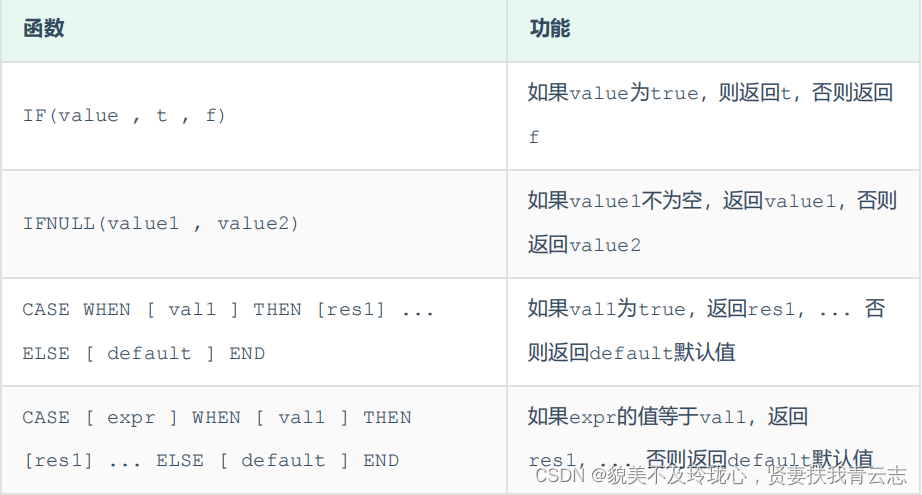



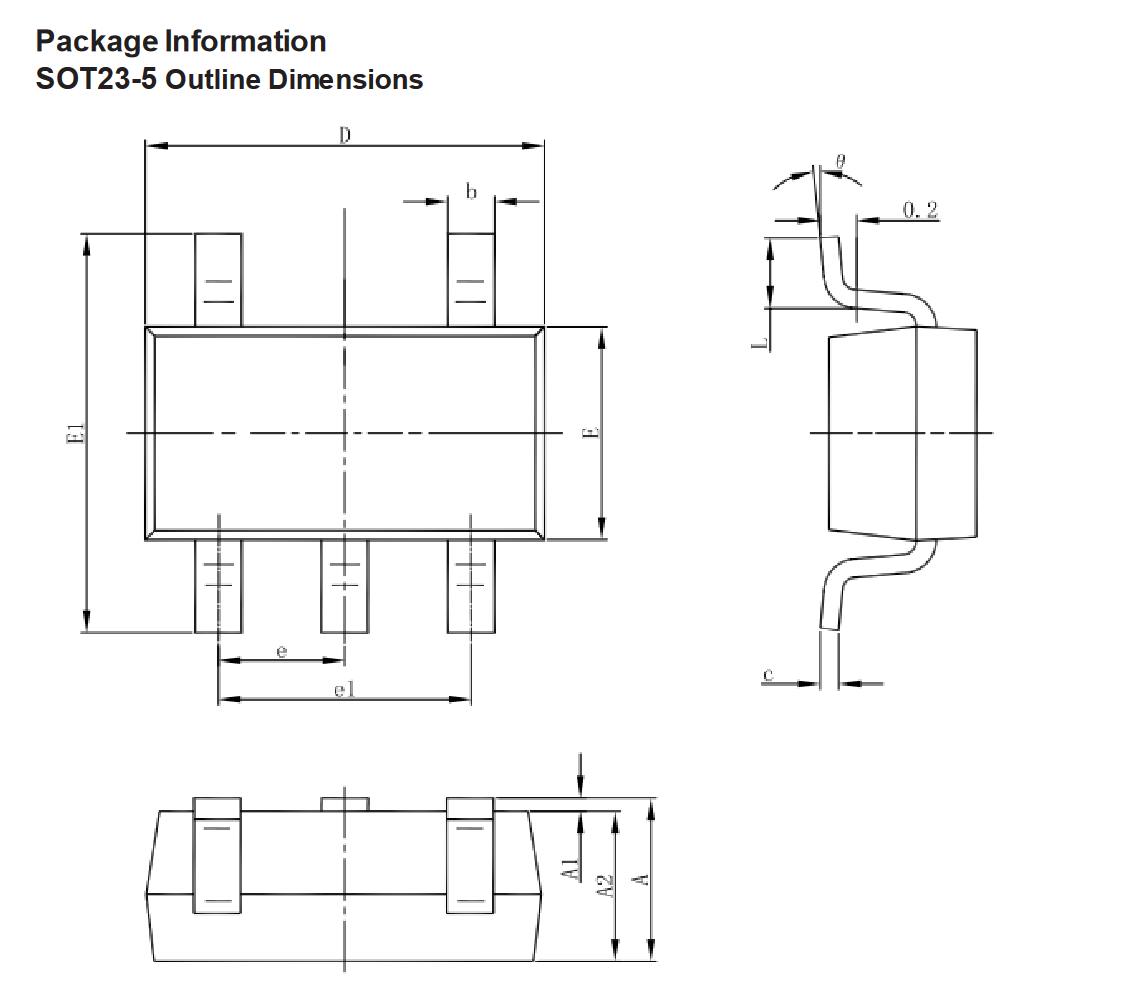

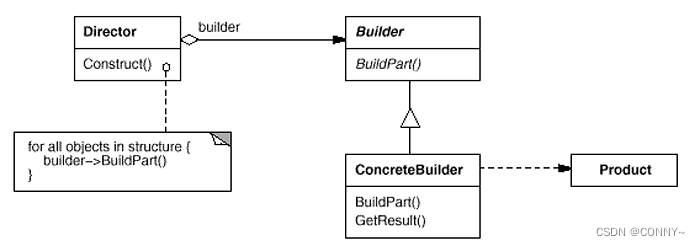
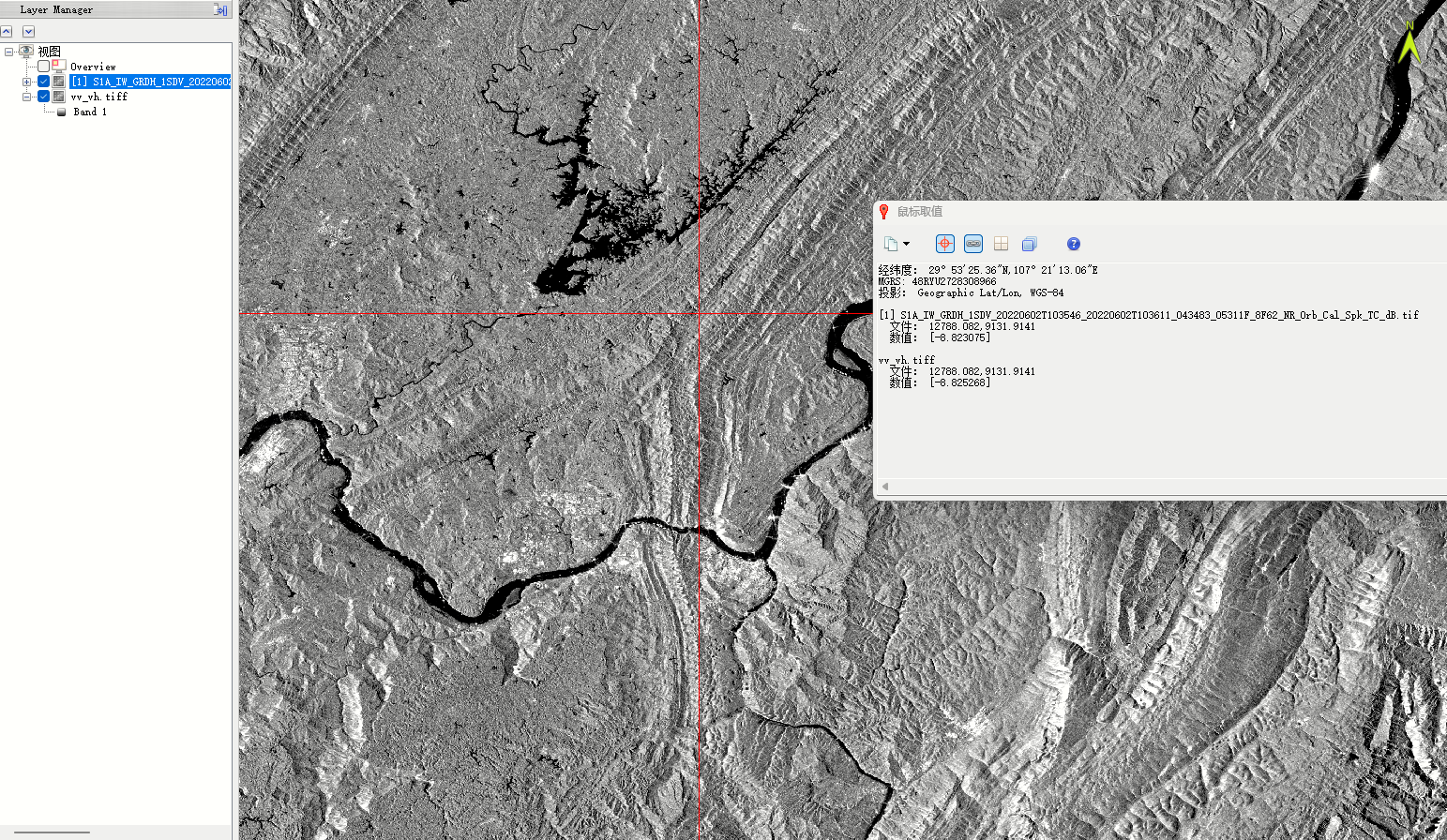
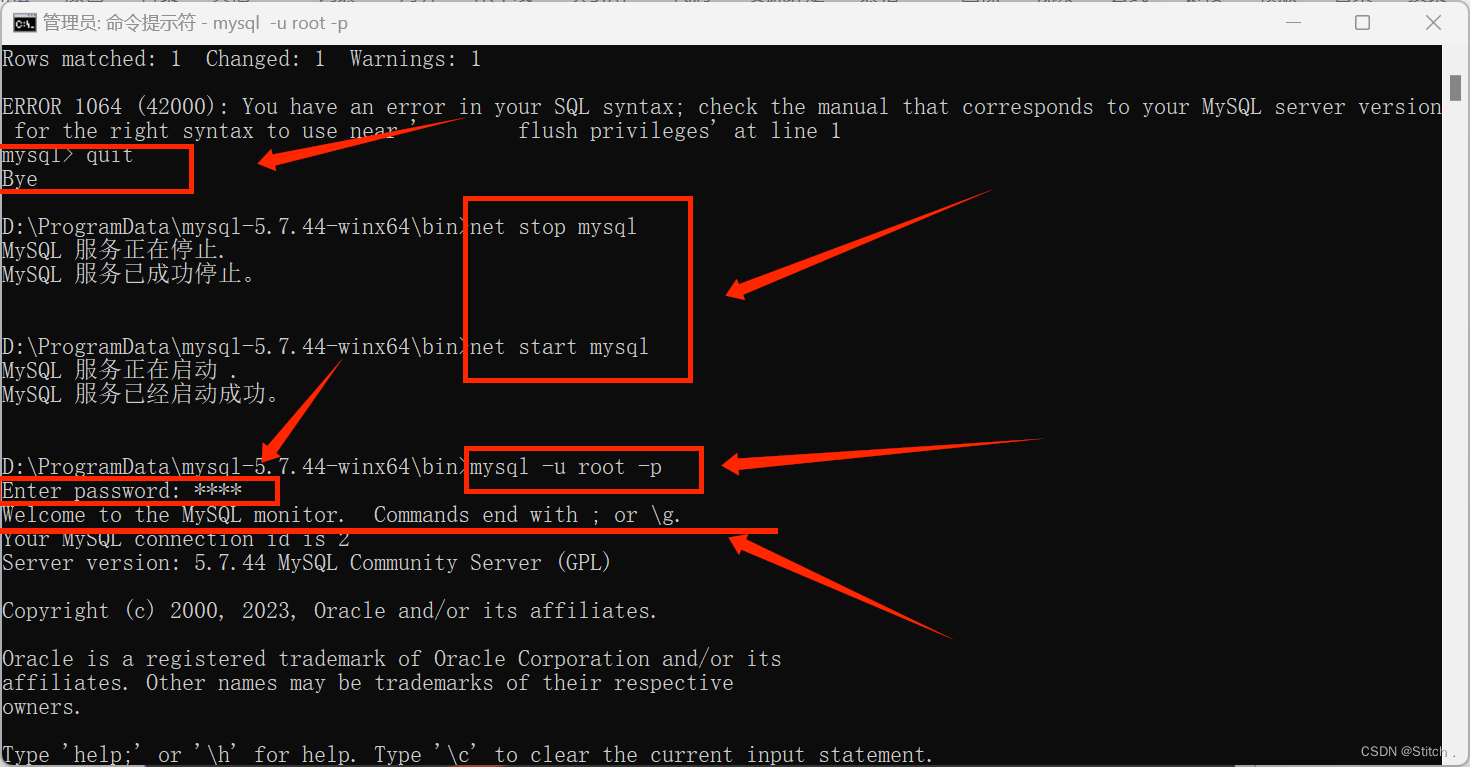
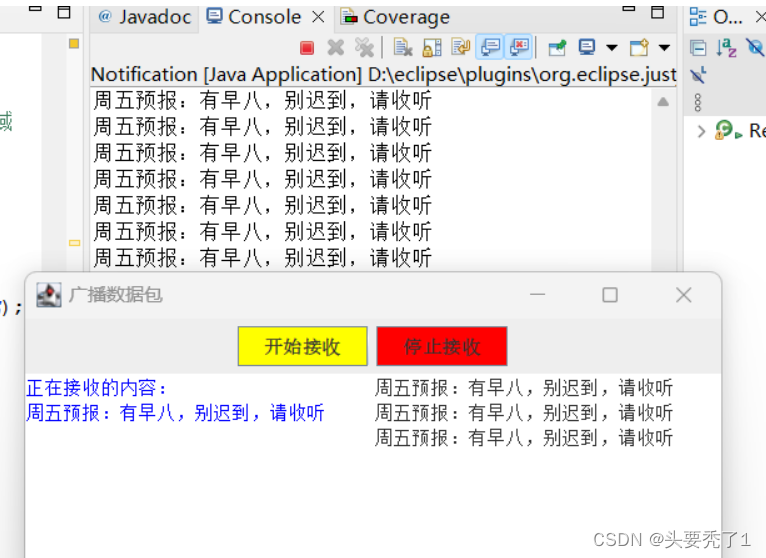
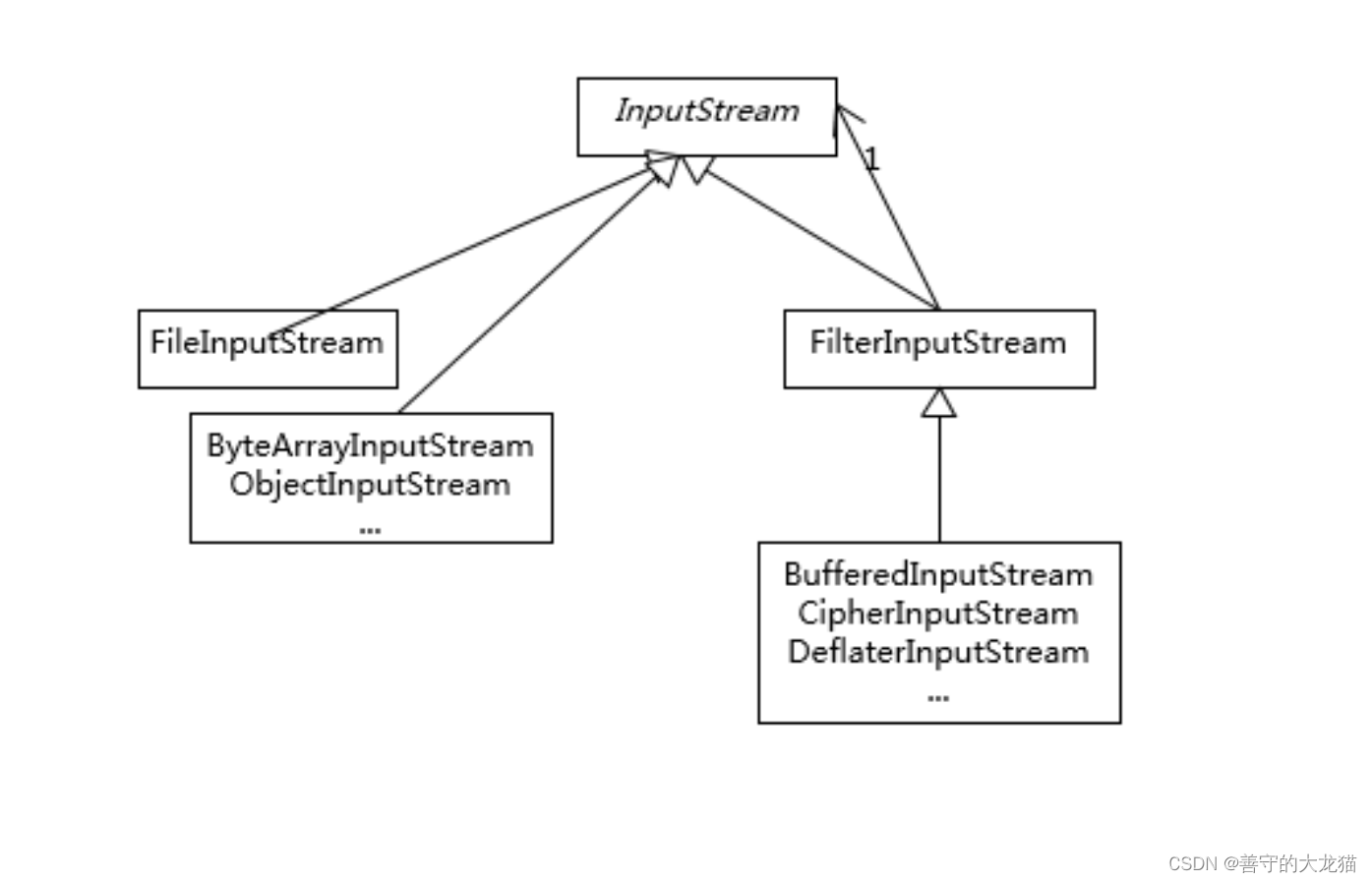

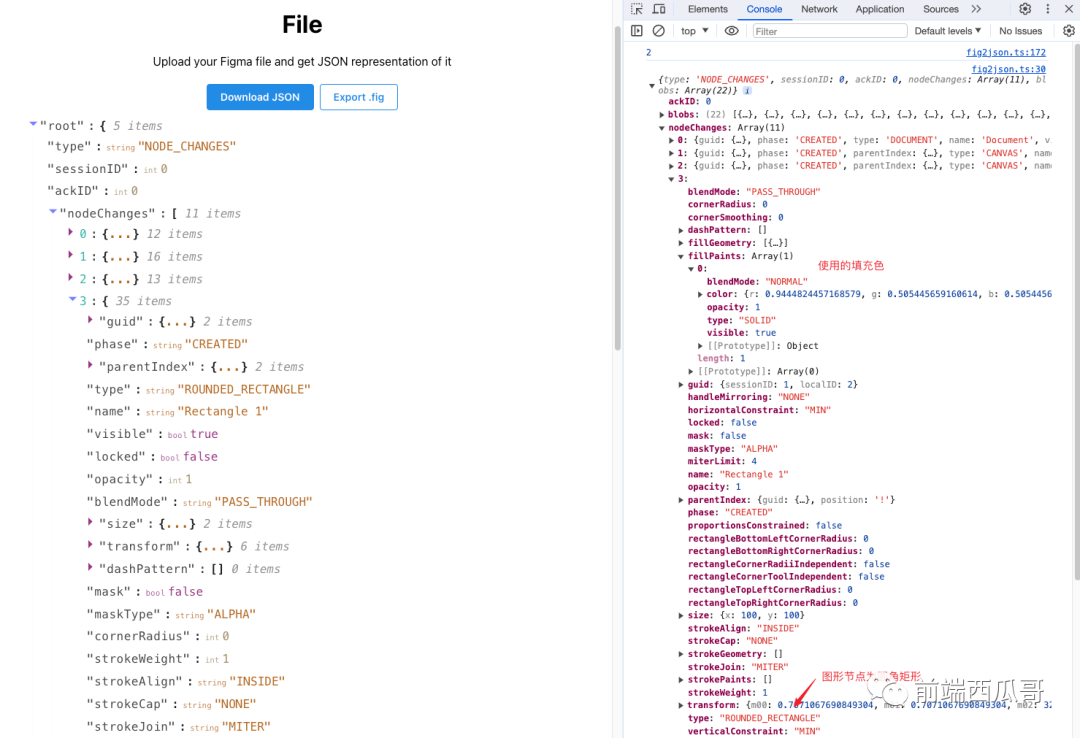

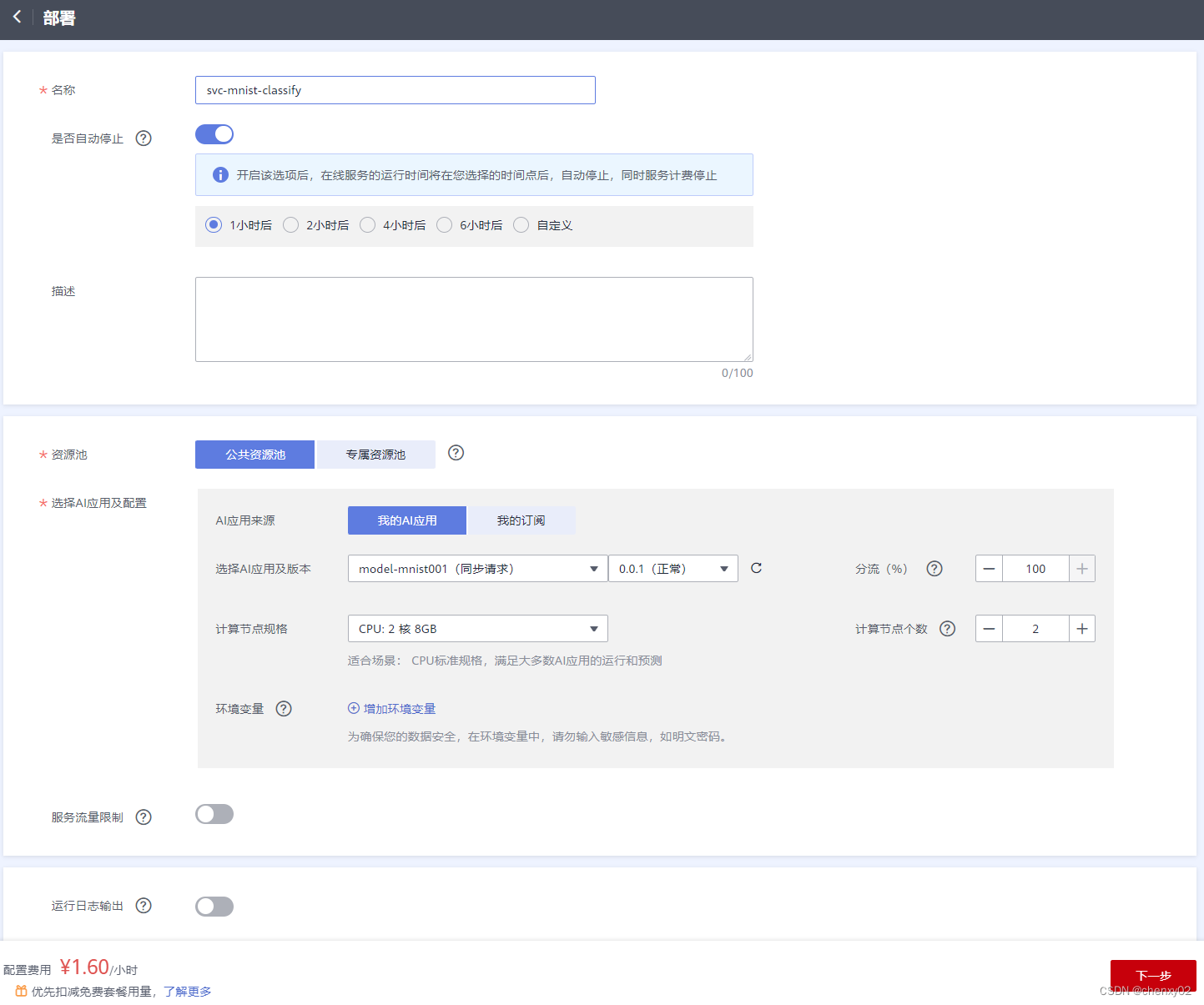
![深入理解强化学习——马尔可夫决策过程:价值迭代-[价值迭代算法]](https://img-blog.csdnimg.cn/direct/6ddfae07bc924d0aa8d6a27498e2216b.png)
